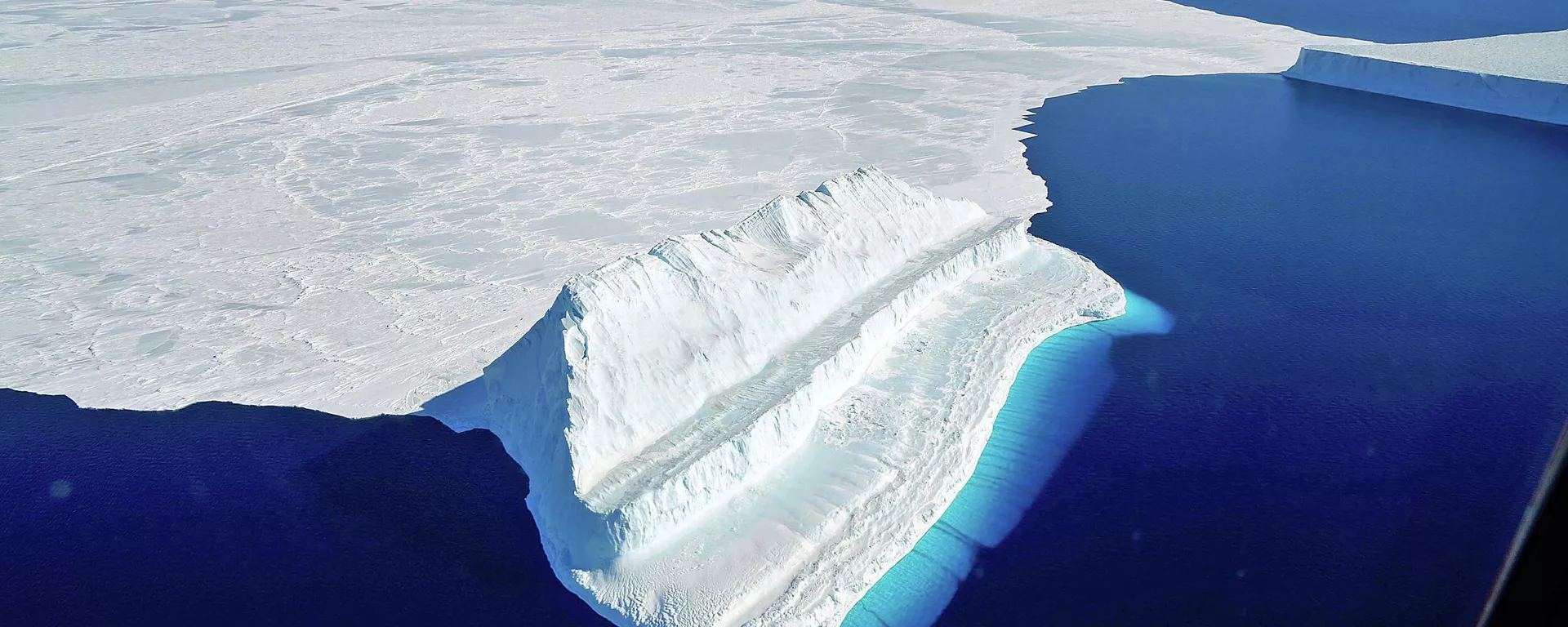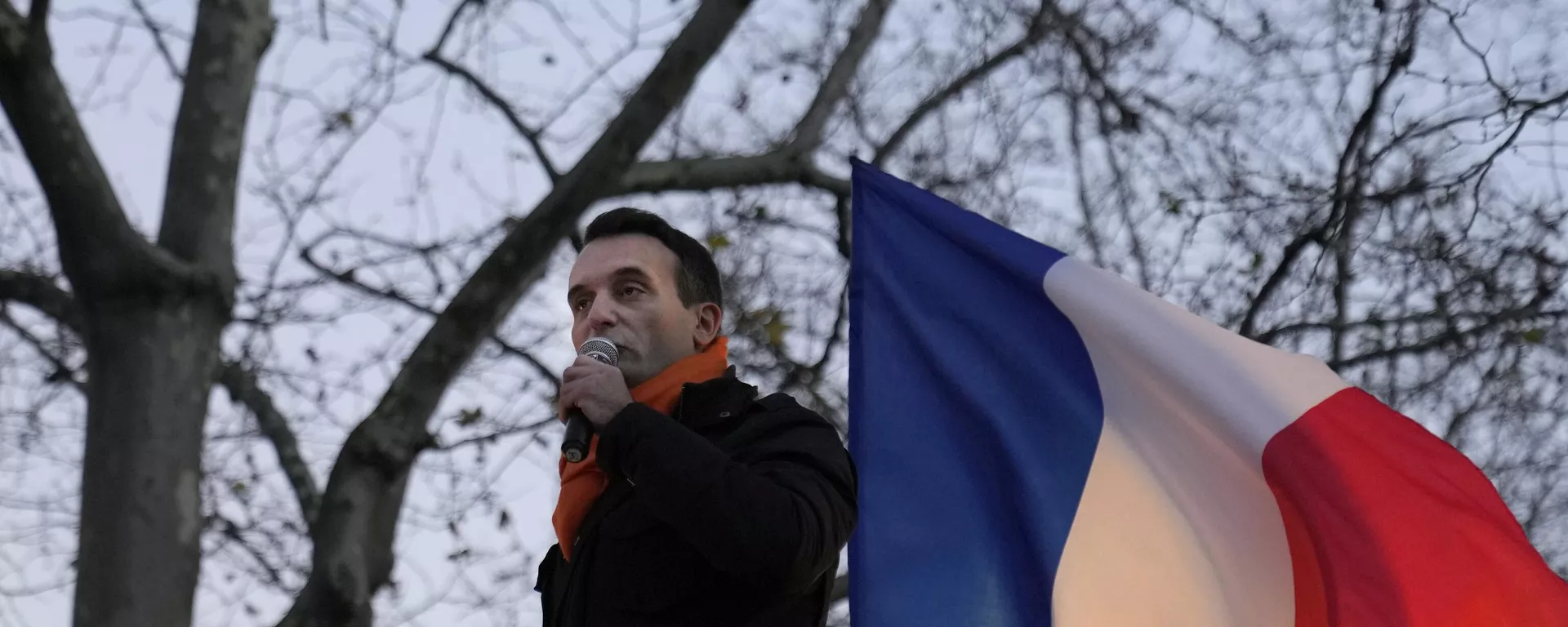Despite the southernmost land mass on Earth - Antarctica - not belonging to any state, seven countries made historical territorial claims to it.
Nations With Historical Claims to the Southernmost Land Mass:
UK: The British Antarctic Territory (BAT) is the oldest territorial claim, dating back to 1908 via the Falkland Island Dependencies Letters of Patent. The claim partially overlaps with those of Argentina and Chile.
Argentina: Its claim dates to 1946 and is founded on its presence at a base on Laurie Island in the South Orkney Islands since 1904.
Chile: The Chilean Antarctic Territory (CAT) was established in in November 1940. Its claim is based on historical documents dating back to the Spanish Empire.
France: The historical claim from 1938 was made on the basis of 1840 discoveries made by French explorer Jules Dumont d’Urville.
New Zealand: Its area was originally part of the UK's claims in the Antarctic and was formalized in 1923 following a British Order-in-Council providing for the government of the Ross Dependency sector.
Norway: The 1939 claim to Dronning Maud Land was based on early exploration of the coastal area.
Australia: The Australian Antarctic Territory (AAT) is the largest claim, which was formalized by the Australian Antarctic Territory Acceptance Act in 1933.
What About Russia and US?
The United States and Russia (then Soviet Union) each reserved the right to make claims in the future, without recognizing the claims of others. Washington has three year-round research stations.
Moscow operates 10 research stations at the South Pole: Five year-round facilities and five seasonal stations. They are used for environmental and climate observations, coastal water and sea ice studies, research covering the intensity of cosmic radiation, seismic fluctuations of the lithosphere, and biodiversity.

 4 months ago
32
4 months ago
32







 We deliver critical software at unparalleled value and speed to help your business thrive
We deliver critical software at unparalleled value and speed to help your business thrive






 English (US) ·
English (US) ·